In the complex field of electrical power grids, several terms are commonly used to describe devices that play a crucial role in managing power conversion. Three such terms are inverters, converters, and power conversion systems (PCS). While they are related and share similarities, understanding their differences is essential. This article will explore the differences between inverters, converters, and PCS, shedding light on their specific functions and applications.
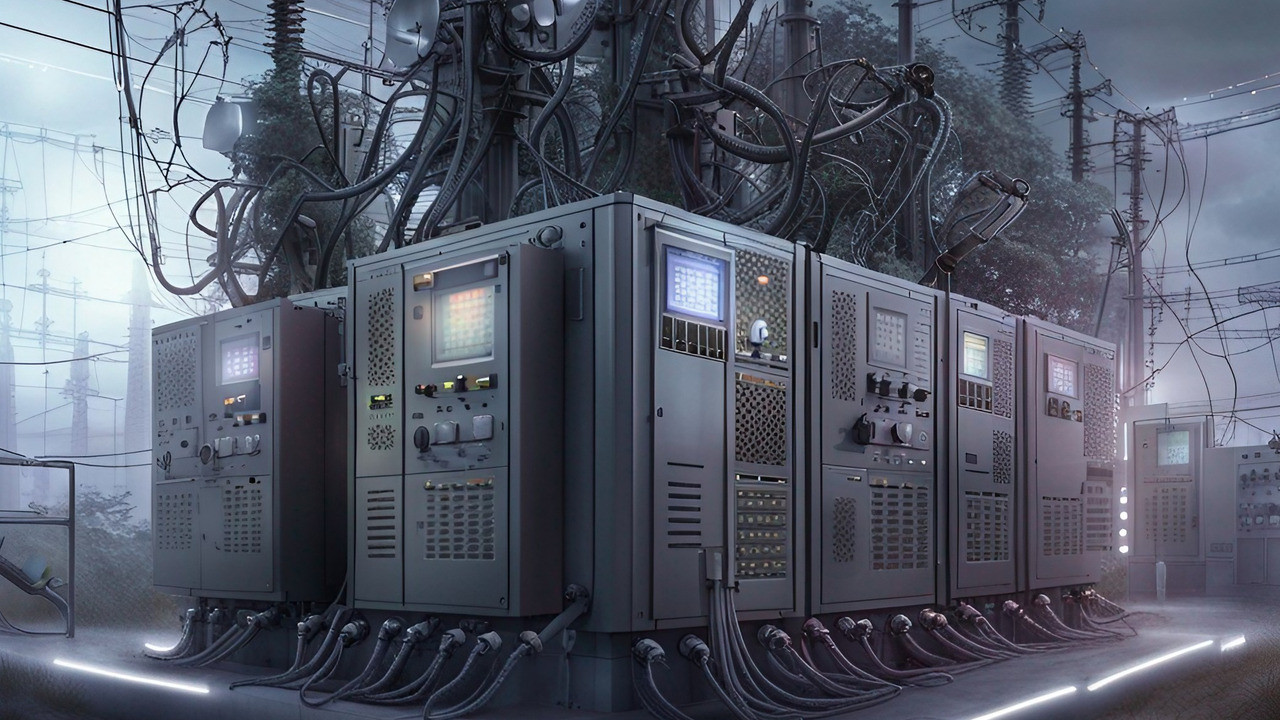
(symbol image, credit CLOU)
Inverters
Inverters are power electronic devices primarily designed to convert direct current (DC) into alternating current (AC). They enable the efficient transfer of electrical energy from sources such as batteries, photovoltaic (solar) panels, or fuel cells into an AC power grid. Inverters are widely used in sectors like renewable energy, electric vehicle charging, and uninterruptible power supply (UPS) systems.
The primary function of an inverter is to ensure that the AC output it generates has the desired characteristics, including voltage, frequency, and waveform. Inverters achieve this by employing pulse-width modulation techniques, where the DC input is switched on and off rapidly, creating an AC waveform that can closely resemble a sinusoidal waveform. In this way, they ensure compatibility with existing AC power grids.
In the context of an electrical power grid, inverters are commonly used to inject power into the grid, either from renewable energy sources or from energy storage systems during times of peak demand. They must adhere to grid codes and power quality standards to maintain stability and reliability. In addition, some advanced inverters offer grid-support functionalities like reactive power control and low voltage ride-through capabilities.
Converters
Converters, on the other hand, are devices that change the characteristics of electrical energy from one form to another. They are often used to convert power between different types of AC and DC sources and loads. Unlike inverters, which specifically convert DC to AC, converters have broader applicability in power grid systems.
Various types of converters exist, serving specific purposes in electrical power grids. For instance, rectifiers are converters that convert AC power to DC power, commonly used in applications like battery charging and high-voltage DC transmission systems. On the other hand, cycloconverters convert AC power with one frequency to a different frequency, typically applied in specialized industrial processes.
Typically, converters can be multifunctional devices, combining multiple conversion operations tailored to specific application requirements. They can be modular and scalable, allowing for flexibility in power grid configurations and system upgrades.
Power Conversion Systems (PCS)
Power Conversion Systems (PCS) are larger-scale systems that encompass multiple converters and inverters, along with additional control and protection components. PCS is an overarching term that refers to the collective system used to convert power from one form to another within an electrical power grid.
The primary objective of a PCS is to manage power flow, ensuring proper integration and synchronization between various power sources and loads. This coordination enables efficient and reliable operation of diverse energy resources, including conventional power plants, renewable energy sources, energy storage systems, and grid interconnections.
PCS often incorporates advanced control algorithms to optimize power management, allowing for intelligent coordination and load balancing. They monitor grid conditions, regulate voltage and frequency, and facilitate smooth transitions between power sources or operational modes. PCS also includes vital safety features such as fault detection, isolation, and protection mechanisms.
While inverters and converters can be considered part of a PCS, the term "PCS" takes into account the broader perspective of system-level integration, control, and monitoring. PCS plays a pivotal role in modern power grid architectures, enabling the integration of renewable energy sources and enhancing grid stability, reliability, and efficiency.
Takeaway
Understanding the distinctions between inverters, converters, and power conversion systems is essential for comprehending their roles in electrical power grids. Inverters specifically convert DC to AC power and play a crucial role in injecting power from renewable energy sources into the grid. Converters, on the other hand, encompass a broader range of devices that convert power between different forms. PCS, as an overarching system, integrates and manages power conversion within the grid, ensuring efficient operation, synchronization, and system safety.
These technologies are all vital components of modern power grid infrastructure, enabling the drive towards sustainable energy solutions and enhancing grid resilience in a rapidly evolving energy landscape.
If you have any inquiries or questions regarding our PCS, please don't hesitate to reach out to us. Our team of specialists is readily available to provide thorough answers and assistance.
Editor's note: This article was originally published in July 2023 and has been updated for comprehensiveness.
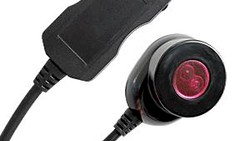
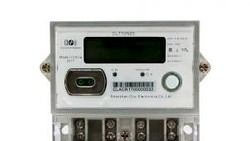
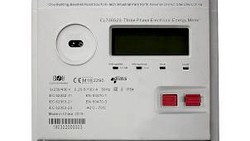
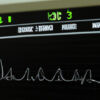

All comments are moderated before being published. Inappropriate or off-topic comments may not be approved.